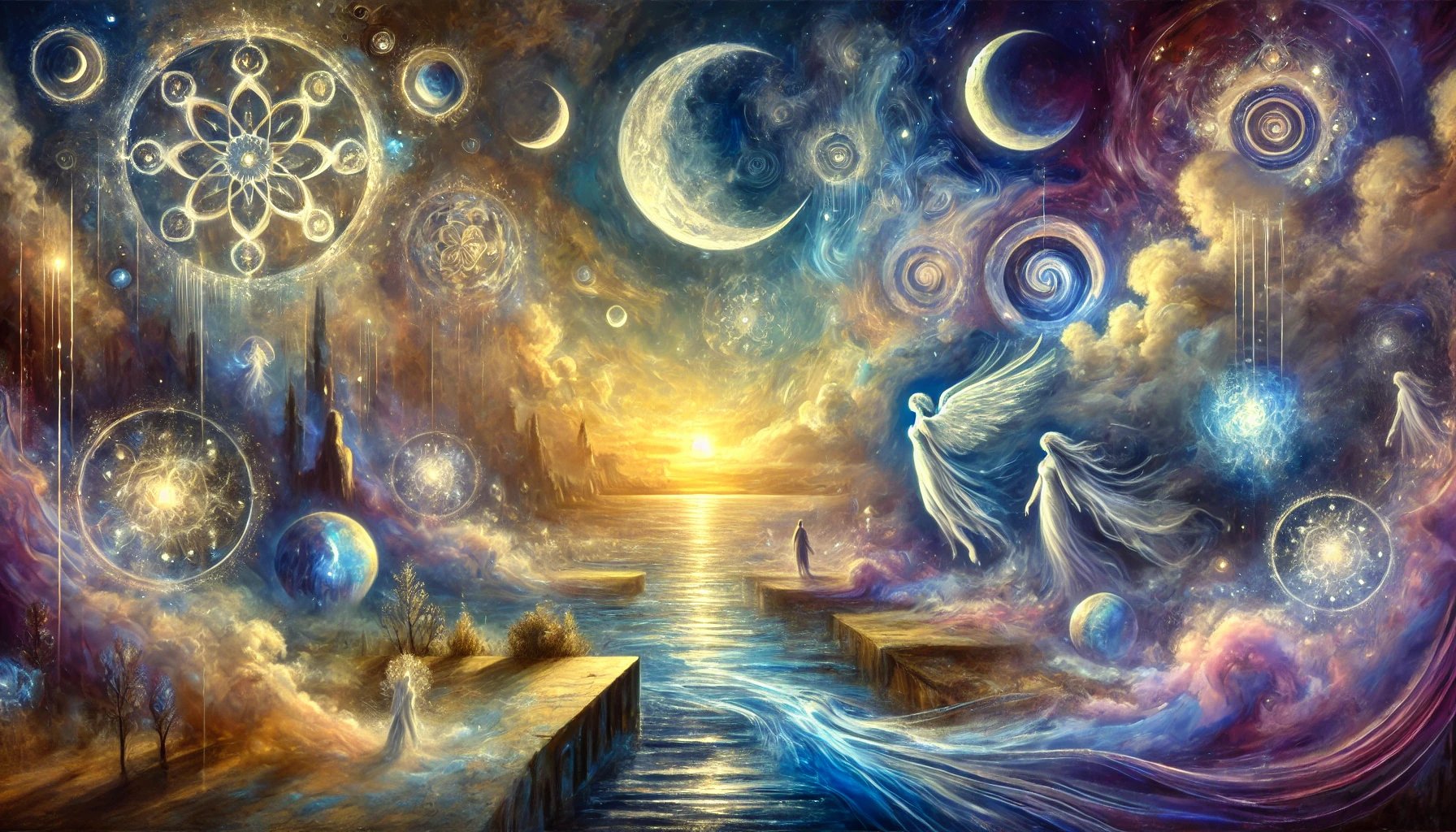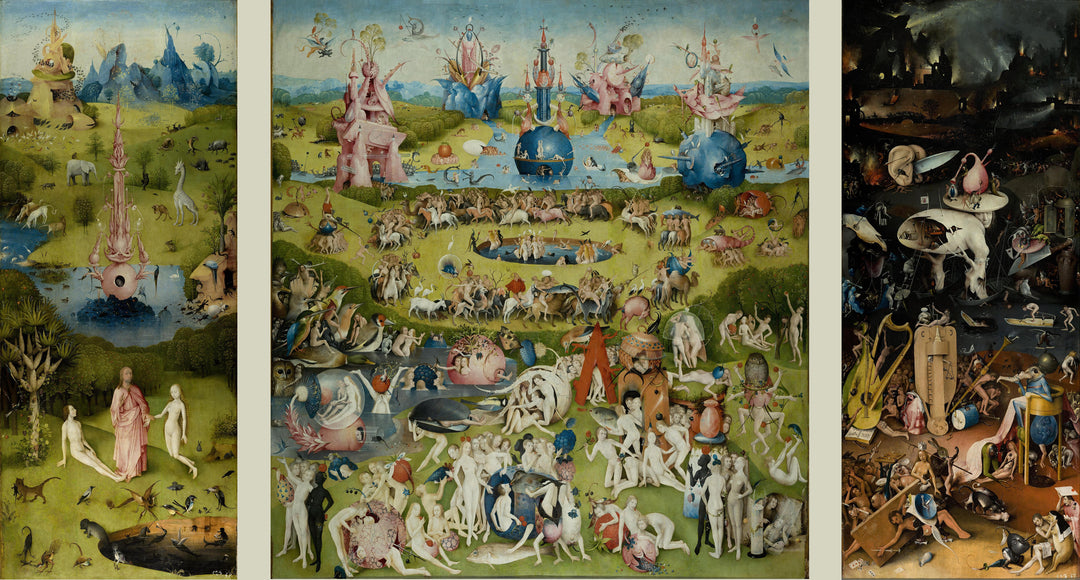
Hieronymus Bosch

Bosch, whose real name was Jheronimus van Aken, was born in 1450, at Markt number 29, 5211 JV 's-Hertogenbosch, in the Netherlands. This Dutch painter is known for his works filled with symbolism and complex religious scenes. His style is characterized by the use of detailed representations of landscapes and human figures that convey a moralistic vision of the world. His most famous work, "The Garden of Earthly Delights", is a triptych that explores themes such as sin, redemption, and the final judgment.
Bosch was influenced by the Gothic movement, especially by its focus on the spiritual and the fantastic. This style is reflected in his use of vibrant colors and attention to detail, elements that sought to evoke an emotional and spiritual response in the viewer. Additionally, his work also shows a notable influence from medieval art, with its apocalyptic scenes and imaginary creatures.
Throughout his career, Bosch developed a unique visual language that has been a source of inspiration for many subsequent artistic movements. His influence can be seen in Surrealism, with artists like Salvador Dalí and Max Ernst, who adopted his dreamlike themes and exploration of the subconscious. These painters found in Bosch a connection to their interest in dreams and the irrational.
Among Bosch's close contemporaries, Pieter Bruegel the Elder and Quentin Massys stand out, who also explored similar themes in their works. Bruegel, in particular, adopted Bosch's detailed approach to depicting scenes of everyday life and human nature, while Massys shared his interest in moral and allegorical representations.
Bosch's legacy has endured through the centuries, and his influence extends beyond painting. His work has been the subject of numerous studies and interpretations, and continues to fascinate both scholars and art enthusiasts for its ability to capture the complexity and duality of the human experience.
